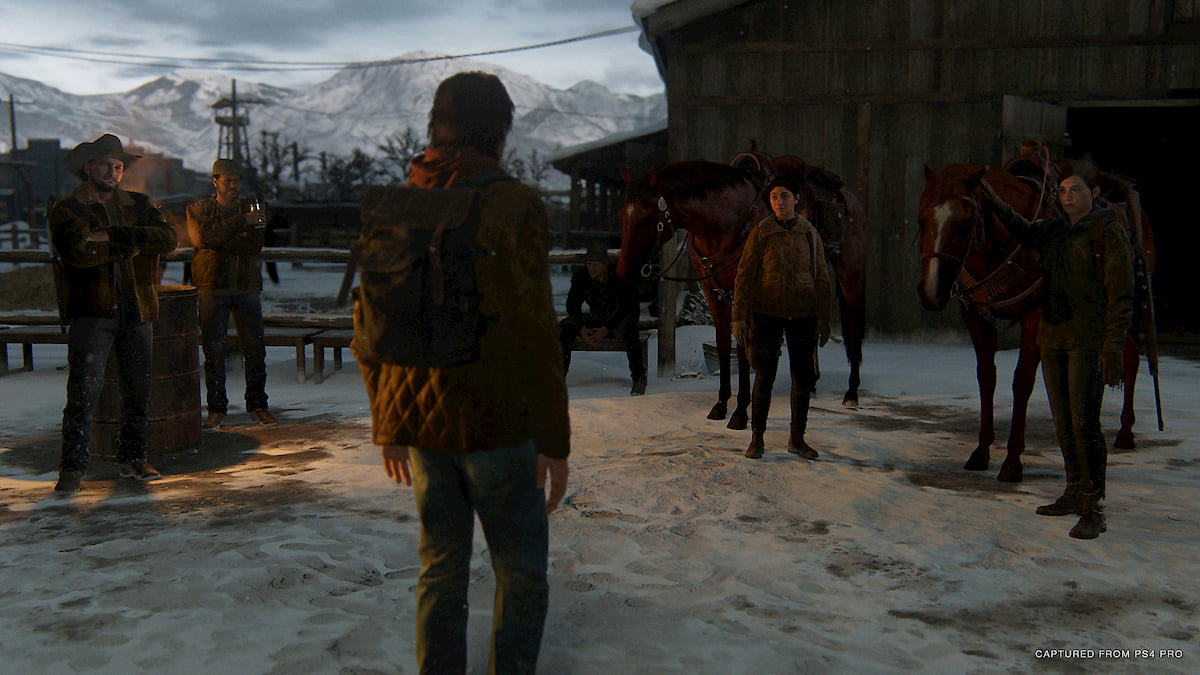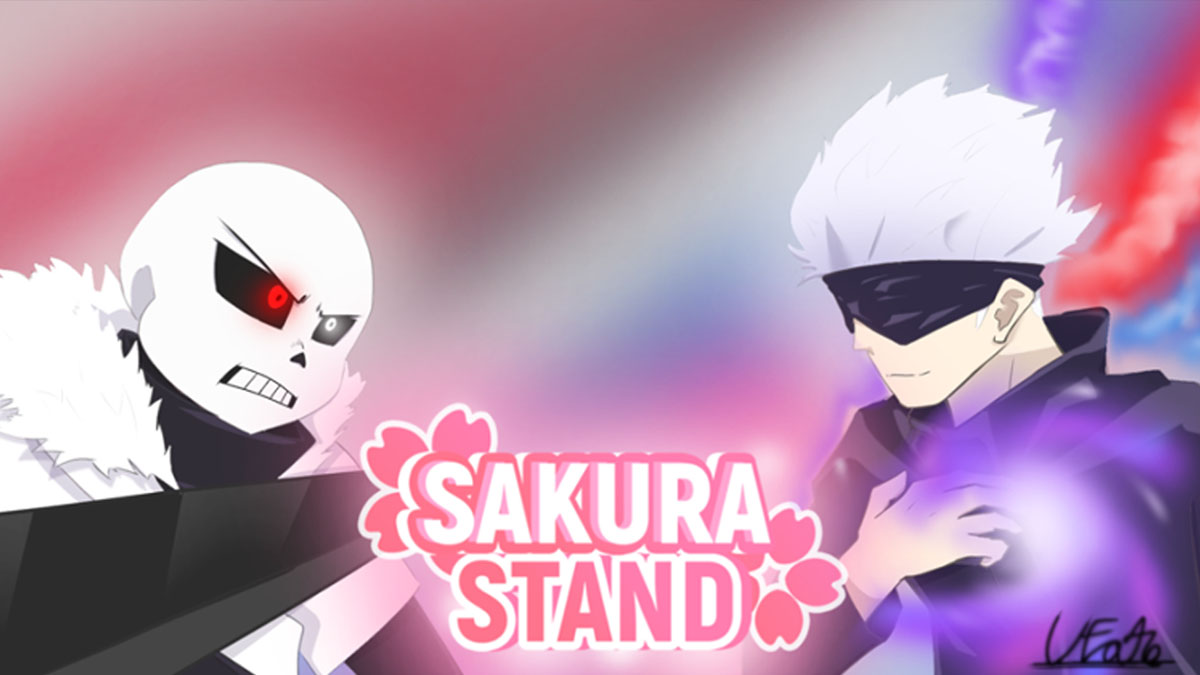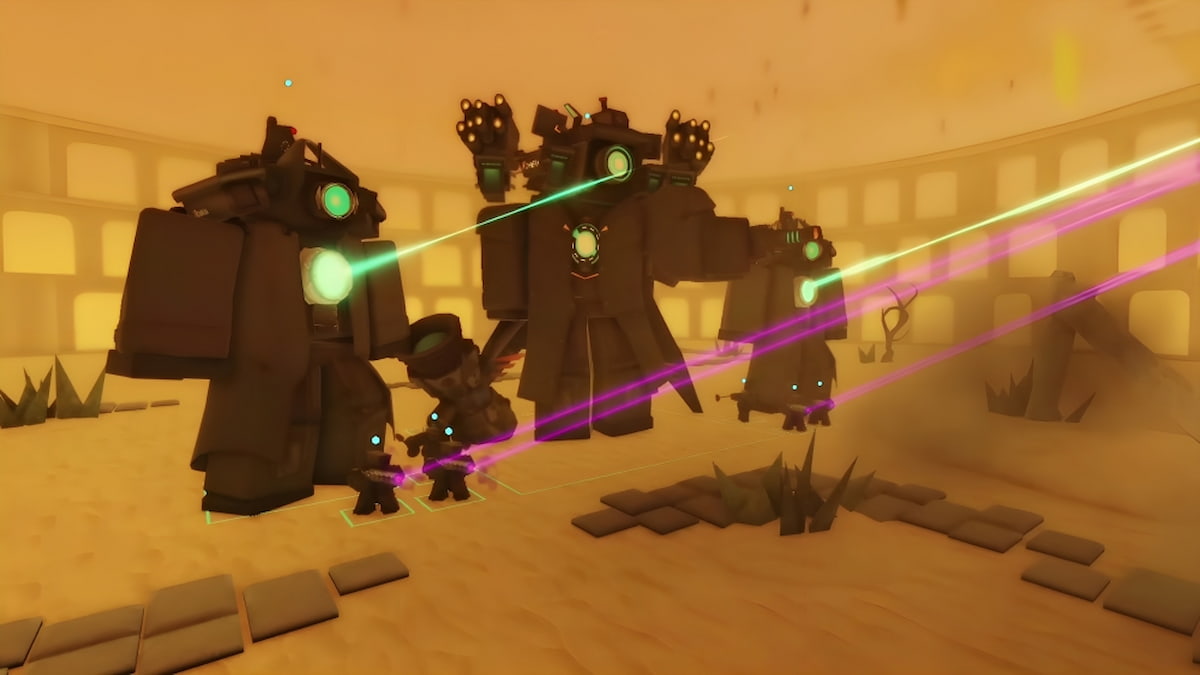The Last of Us Part II offers a lot to debate about, but one of the more incontrovertible aspects is how great the accessibility options are. Building off the settings available in Naughty Dog’s last major blockbuster, Uncharted 4, The Last of Us Part II provides an extremely robust set of options—with over 60 different settings—to make the gaming experience inclusive to more kinds of players. We’ve gone and rounded up an overview of what kind of features are available and how to make the most of them.
Accessibility presets
To make matters simple, from the main menu you can apply preset configurations for the following categories:
- Vision accessibility
- Hearing accessibility
- Motor accessibility
Each preset can be further tweaked or you can fully customize the accessibility options with toggles and sliders for the following settings:
- Alternate controls
- Input remap (every button can be re-assigned)
- Holds and presses (for specific button prompts)
- Auto-assist (for camera control, weapon swap, lock-on aim, and item pick-up)
- Magnification and visual aids
- HUD scale
- HUD background brightness
- HUD color
- HUD colorblind mode
- HUD flashing
- High contrast display
- Screen magnification
- Translation prompts
- Motion sickness
- Camera shake
- Motion blur
- Dolly zoom effect
- Field of view
- Camera distance
- Full-screen effects
- Persistent center dot
- Navigation and traversal
- Navigation assistance (for directional orientation)
- Traversal assistance (to simplify the prompts necessary for platforming)
- Ledge guard
- Infinite breath (while swimming)
- Skip puzzle option
- Enhanced listen mode (allowing you to scan for items and enemies)
- Scan range
- Scan time
- Text-to-speech and audio cues
- Text-to-speech (narration of on screen text)
- Traversal cues (audio cues for various traversal actions)
- Combat audio cues
- Combat vibration cues
- Guitar vibration cues
- Audio volume (for every different type of audio)
- Combat accessibility
- Hostages don’t escape
- Allies don’t get grabbed
- Enemies don’t flank
- Reduced enemy perception
- Reduced enemy accuracy
- Enhanced dodge
- Invisible while prone
- Weapon sway (for camera and reticle movement)
- Slow motion (while aiming)
Each of these settings has varying degrees of options within them, as well as sliders to fully customize every element. There are other settings to adjust subtitles and the HUD even more minutely.
Difficulty settings
On top of all that, The Last of Us Part II has an extensive set of difficulty options. These can be changed at any time with no penalty and there is nothing in the game gated behind particular difficulties. The main options you can choose from are:
- Very light
- Light
- Moderate
- Hard
- Survivor
Within each difficulty setting, you can further adjust options with a slider for the following sub-categories
- Player (damage that can be taken, frequency of checkpoints)
- Enemies (accuracy, aggression, complexity)
- Allies (aggression, ability)
- Stealth (enemy perception, conditions for grabbing enemies from stealth positions)
- Resources (quantity of resources found, durability of weapons, yield of crafting recipes)







Published: Jun 25, 2020 03:59 pm